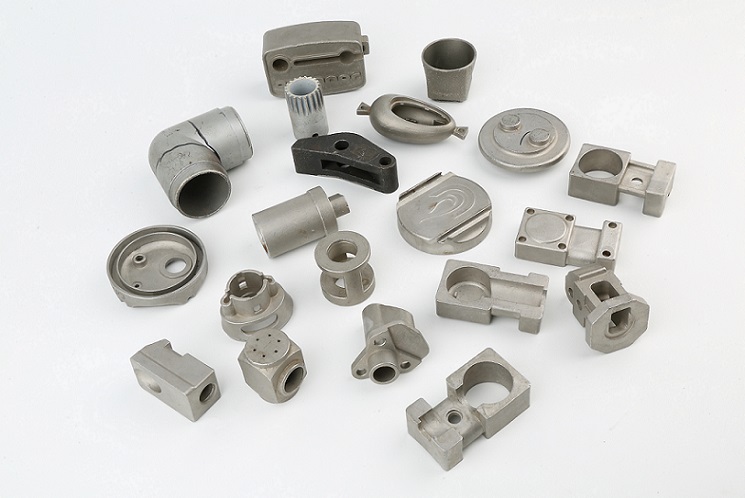Different Types of Casting Process in Manufacturing - Which Casting Method Should You Choose | Diecasting-mould
Casting is one of the oldest technology used in manufacturing, with the development and improvement of casting techniques, casting offers more and more products applied across various industries. What are the different types of casting process? In this article, we’ll talk about several common types of casting processes in manufacturing and understand what benefits each method provides.

Different Types of Casting in Manufacturing - Which Casting Process to Choose?
1. Sand casting
Sand casting has been the basic casting process for a long time. Sand casting is a casting method to produce castings in a sand mold. Steel, iron, and most non-ferrous alloy castings can be obtained by sand casting. The molding materials used in sand casting are cheap and easy to obtain, and the mold manufacturing is simple. It is suitable for single-piece production, batch production, and mass production of castings. Sand casting can be used for all metal at a low cost and offers complex shapes, but the surface finish is relatively poor. In sand casting, the casting parts are designed with software, the wooden pattern is created and placed into the flask when the mold becomes hard, the pattern is removed from the mold, and molten metal is poured into the mold cavity. The metal casting cools and solidifies into casting in the mold, then removed from the mold.
2. Shell casting
In shell casting, the metallic pattern is cast and will be heated up to a specific temperature, the flask is filled with the sand resin mixture. Shell casting is a manufacturing method to produce castings with thin shell mold. It uses a kind of heat hardened molding sand (phenolic resin-coated sand) to cover the metal template heated to 180-280 ℃ to harden it into a thin shell (the thickness is generally 6-12mm), and then heat to solidify the thin shell to achieve sufficient strength and rigidity. Therefore, the upper and lower shell can be clamped with clamps or bonded with resin, and the mold can be formed without sand box, The heating temperature of the casting metal template is about 300 ℃, and the molding sand used is resin sand with phenolic resin as a binder. Similarly, the core can be made into a thin shell by the above method. The blowing method is commonly used in the manufacture of thin shell core.
3. Investment casting
Investment casting, also known as lost wax casting and precision casting, has a long history. Investment casting usually refers to a casting method in which the pattern is made of fusible materials, the shell is made of several layers of refractory materials on the surface of the pattern, and then the pattern is melted out of the shell, so as to obtain a mold without parting surface, which can be filled with molten metal after being roasted at high temperature. Investment casting begins with injecting wax to make a wax pattern, then assembly wax patterns, build the tree, remove wax pattern with high temperature, pour molten metal into the mold, knock out, cut off and get the finished castings. The high-quality surface finish and accuracy are the benefits of investment casting.
4. Die casting
Die casting is a kind of metal casting process, which is characterized by using the mold cavity to apply high pressure to the molten metal. Molds are usually made of strong alloys such as steel, the process is similar to injection molding. Most die castings are made of zinc, copper, aluminum, magnesium, lead, tin, and lead-tin alloys and their alloys. According to the different types of die casting, a cold chamber die casting machine or hot chamber die casting machine is needed. The cost of casting equipment and mold is relatively high, so the die casting process is generally used for large batch production of metal products.
5. Centrifugal casting
Centrifugal casting is a technology of injecting liquid metal into the high-speed rotating mold to make the liquid metal fill the mold and form the casting under the action of centrifugal force. Centrifugal casting is characterized by filling and solidification of liquid metal under centrifugal force, offers good metal feeding effect, compact structure and good mechanical properties. No gating and riser system is needed for casting hollow castings, and the metal utilization rate can be greatly improved. Therefore, for some special shape castings, centrifugal casting is a process of saving materials, energy consumption, and high efficiency, but effective safety measures should be taken.

